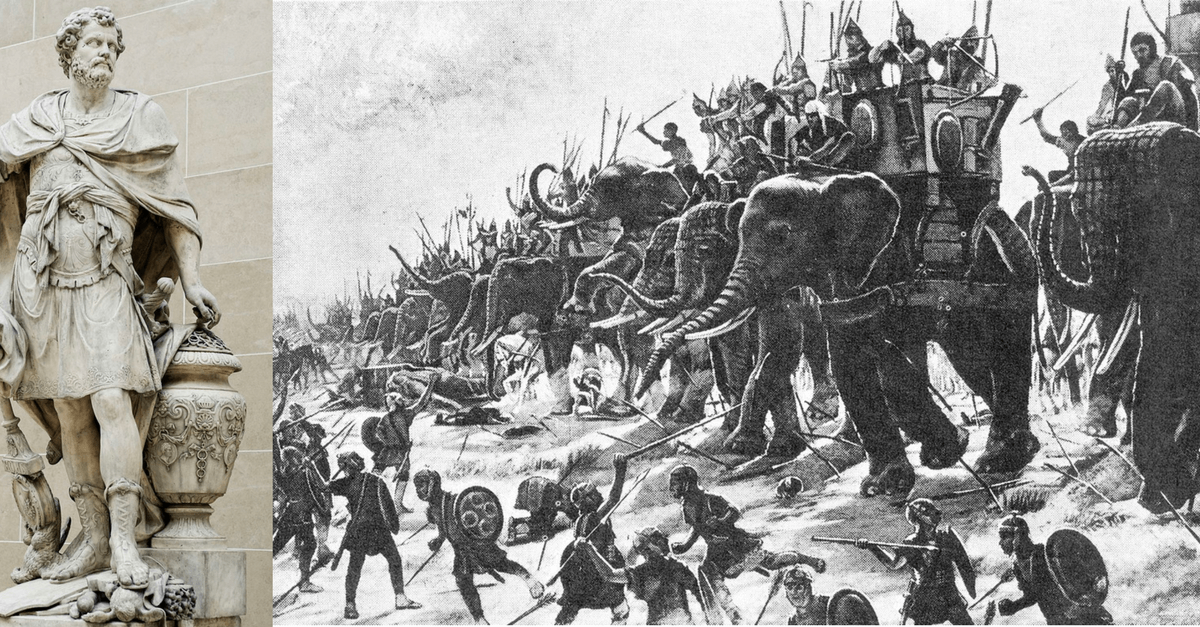In late 218 BC, Hannibal led the armies of Carthage over the Alps and into the heart of the Roman Empire. Of all the events of the Second Punic War, this was the most dramatic. It was the moment at which the growing republic came closest to military disaster.
So far in the war, the Romans had been disappointed in their generals, who had been soundly beaten by Hannibal. Now new commanders stepped to the fore, ready to save Rome from destruction. Among the most important were Quintus Fabius Maximus and Marcus Claudius Marcellus.
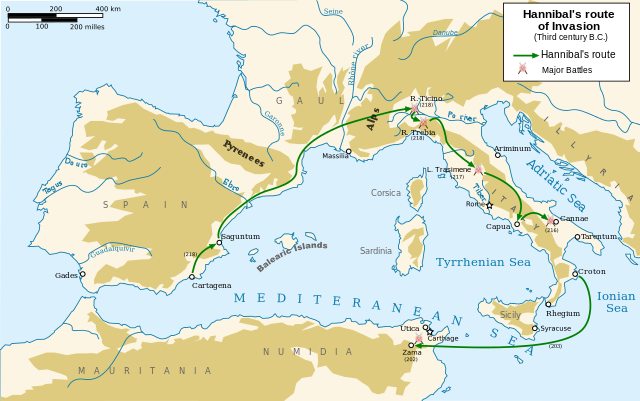
Fabius the Delayer
Born around 275 BC, Quintus Fabius Maximus was in his late fifties when the Carthaginians invaded Italy. Like most Roman aristocrats, he had served in the military, fighting in the First Punic War. He had also been one of Rome’s two consuls – the city’s military and political leaders – on two separate occasions, in 233 and 228.
Following earlier disasters, neither of the current consuls were available to lead the armies in 217. Rome’s aristocracy therefore decided that they needed to appoint a dictator, an official with supreme but temporary military and political leadership. An assembly of the people elected Fabius for this job, with Marcus Minucius Rufus as his deputy.
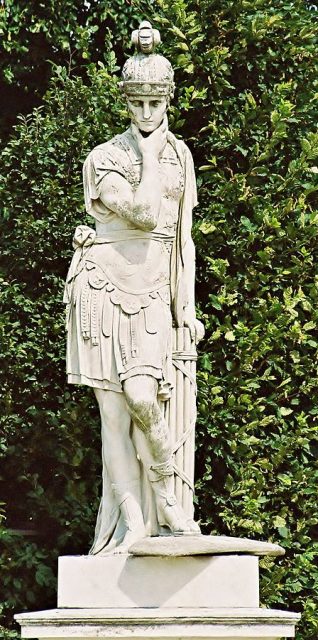
Fabius began his military work by shoring up Rome’s defenses, ensuring military supply lines, and raising two new legions. He now had four legions as well as allied troops, probably totaling 30-40,000 men. Half were new, the rest had mostly experienced defeat, they were short of cavalry, and the invaders both outnumbered and outclassed them. But Fabius had a plan.
He approached Hannibal’s army but refused to engage it in battle. As the Carthaginians moved around, he shadowed them, carefully choosing his route so that he would have the advantage of ground if Hannibal attacked, and so that the Carthaginians could not make effective use of their cavalry. His previous work on supply lines ensured that he could go where he wanted without worrying about provisions.
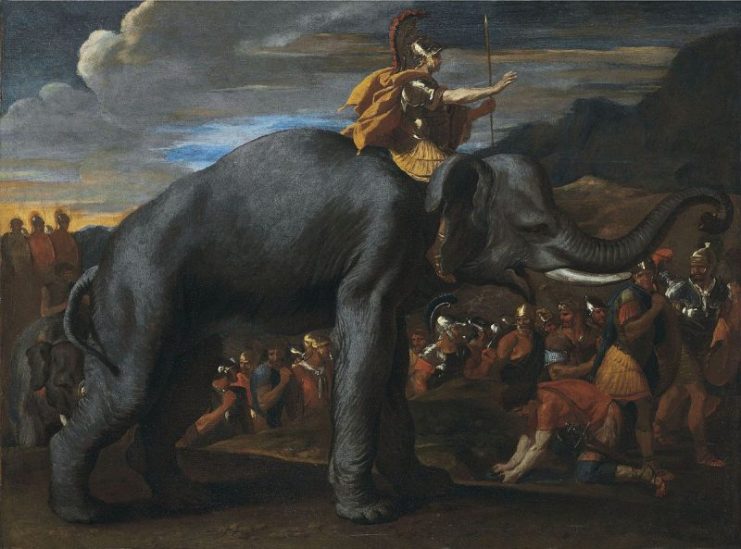
This campaign of maneuver gave the army experience of working together. Victories in small skirmishes against Carthaginian scouts improved morale. Slowly, Fabius was turning his ramshackle force into something worthy of Rome.
To force Fabius’s hand, Hannibal marched into the fertile Falernian Plain in Campania and began pillaging. Fabius would have to either fight him or risk showing the Campanians that Rome could not defend them, potentially causing them to switch sides. Minucius and others encouraged him to attack the Carthaginians.
Instead, Fabius moved into the pass through which Hannibal had entered the plain. Taking a strong defensive position, he hoped to force a battle on his own terms. But he was outwitted by Hannibal, who drove a herd of cattle with torches on their horns through the pass under cover of night and then marched his disciplined troops out through the chaos this caused.
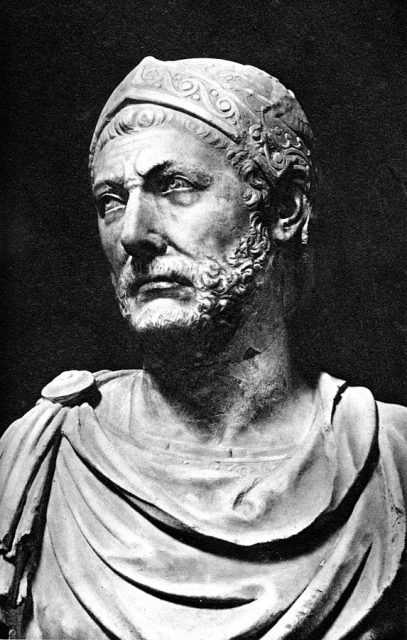
Fabius’ reputation was damaged. While he returned to Rome to deal with religious matters, Minucius had some successes. The two men were now given equal rank, with the army divided between them.
Lured into an ambush by Hannibal, Minucius was defeated and only saved from disaster by Fabius’ troops. He once again acknowledged Fabius’ superiority.
At the end of his six months as dictator, Fabius gave up the office and returned to Rome. He had bought the city time and left the army in a better state than he found it.
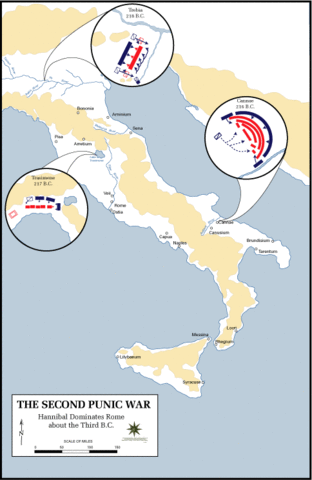
Marcellus Takes Command
In August 216, Hannibal slaughtered a Roman army at Cannae. A few months later, one of the consuls for 215 was killed in Cisalpine Gaul along with most of his army. Marcus Claudius Marcellus was elected to replace him, over the objections of Fabius, who may have considered him too aggressive a commander. Then, in 214, the two men were elected to serve as consuls together.
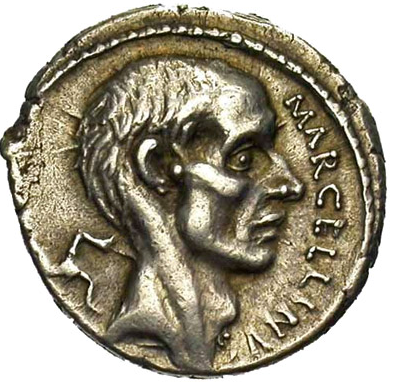
Like Fabius, Marcellus was in his fifties and had experience of war. During both the First Punic War and later fighting against the Gauls, he had carried out great acts of courage, for which he was decorated. In 216-215, he had faced Hannibal’s Carthaginians, avoiding defeat through bold leadership and careful use of terrain. His leadership style was an old-fashioned one, commanding from the front like a warband chief in an ancient epic.
Despite their political differences and divergent leadership styles, Fabius and Marcellus worked well together. Fabius maintained his strategy of attacking Hannibal indirectly rather than risking a pitched battle. Both men worked to keep allies on side. In 214, they brought their armies together to retake the town of Casilinum, thanks in large part to Marcellus’ relentless willingness to keep attacking. Together, the two men were dubbed “the sword and shield of Rome.”
Marcellus’ greatest success in the Punic Wars came in 212-211 when he captured the city of Syracuse through a long siege that included a successful surprise attack against the outer defenses. In 209, Fabius pulled off a similar coup, recapturing Tarentum through a combination of his own stealth and the treachery of the city’s garrison.
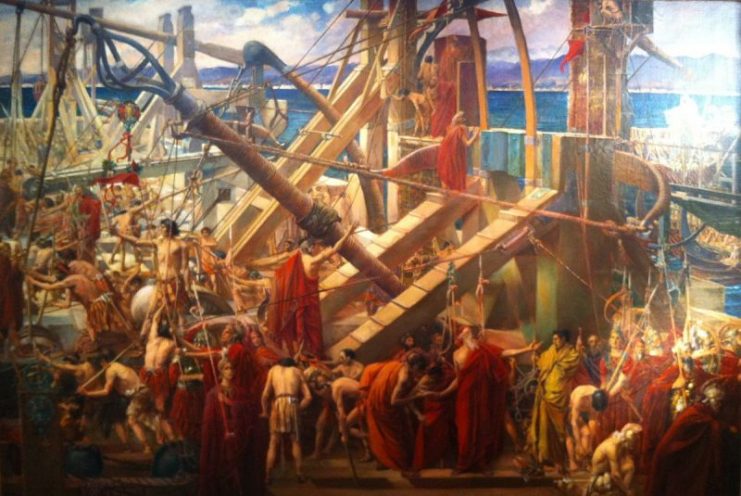
In 208, now a consul for the fifth time, Marcellus moved his army close to Hannibal’s to try to force a battle. While this was happening, he and his fellow consul led a small cavalry force up a hill from which they hoped to view the enemy army.
Hannibal had foreseen this move and hidden troops there. The Romans rode into a trap. Marcellus died as he had lived, commanding from the front, fighting the Carthaginians in close combat. His fellow consul, Titus Quinctius Crispinus, escaped but was mortally wounded.
The loss of both consuls shook the Romans, but at least Marcellus, unlike Minucius, had not led his whole army into an ambush.
Read more stories like this – The Archers of the Ancient Roman Army
Between them, Fabius and Marcellus had brought Rome safely through its greatest crisis. It would fall to others to finally defeat Hannibal, but they made that achievement possible.
